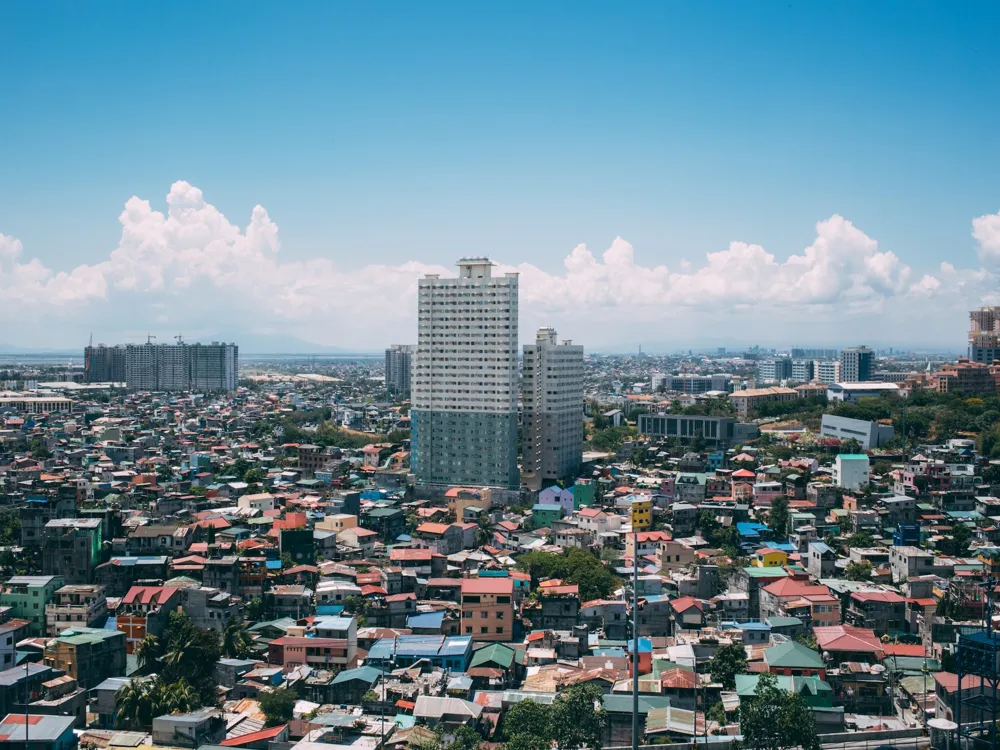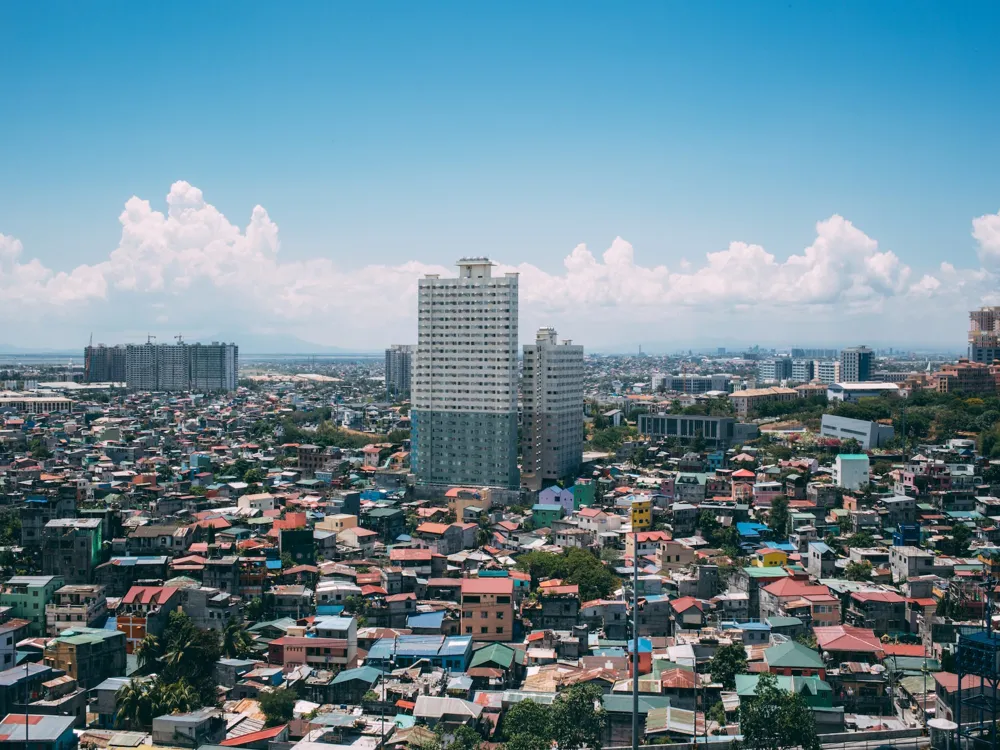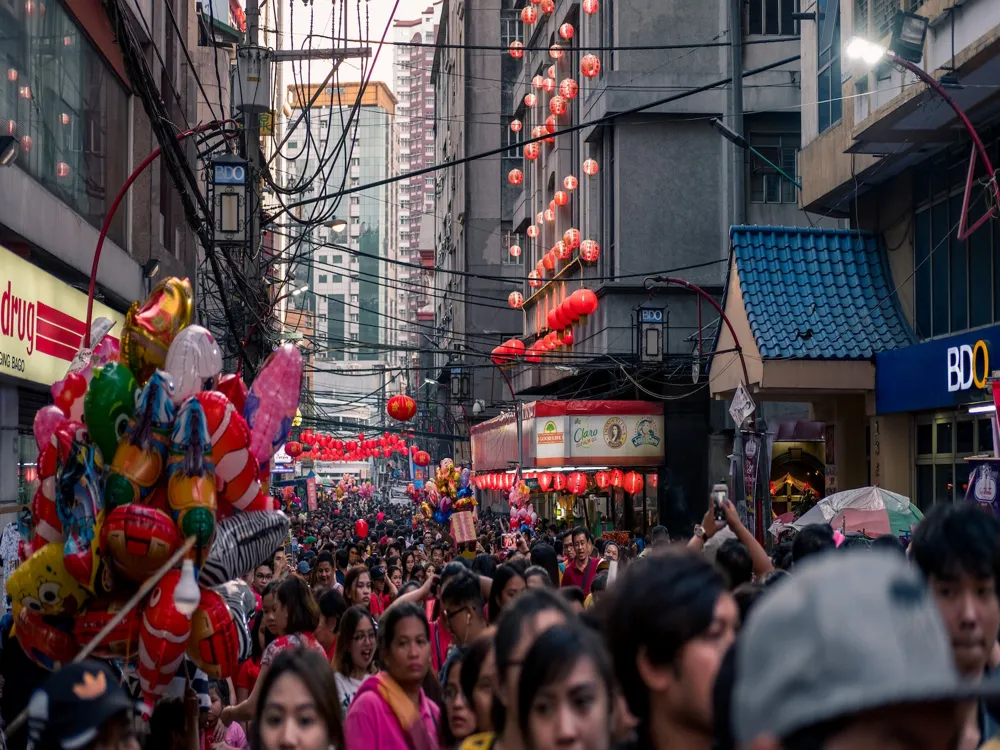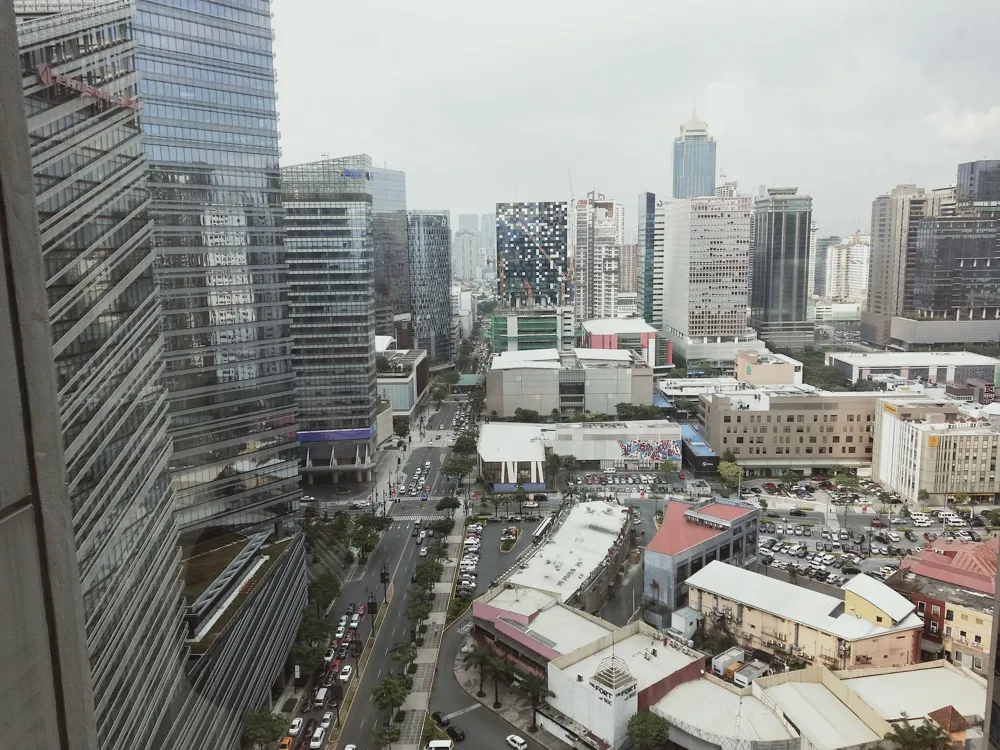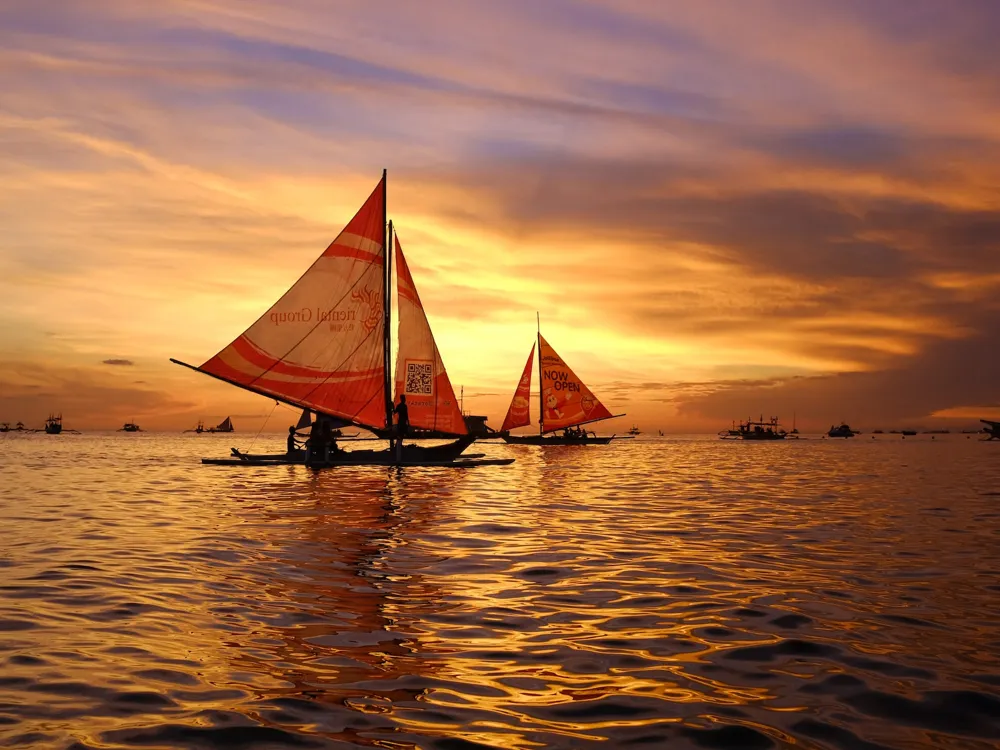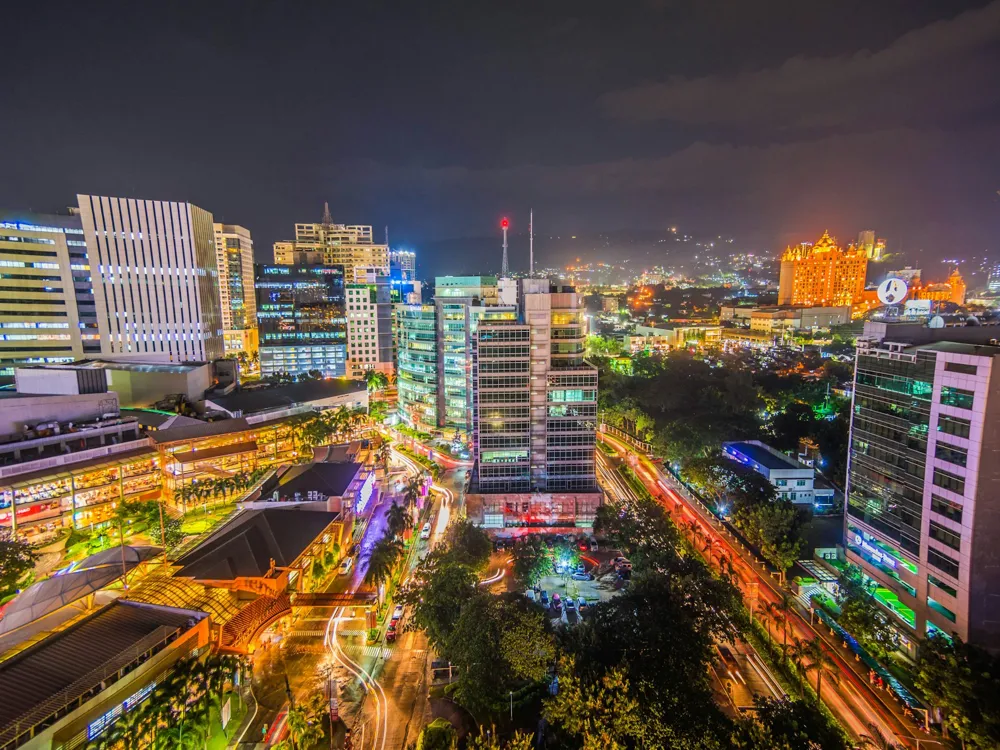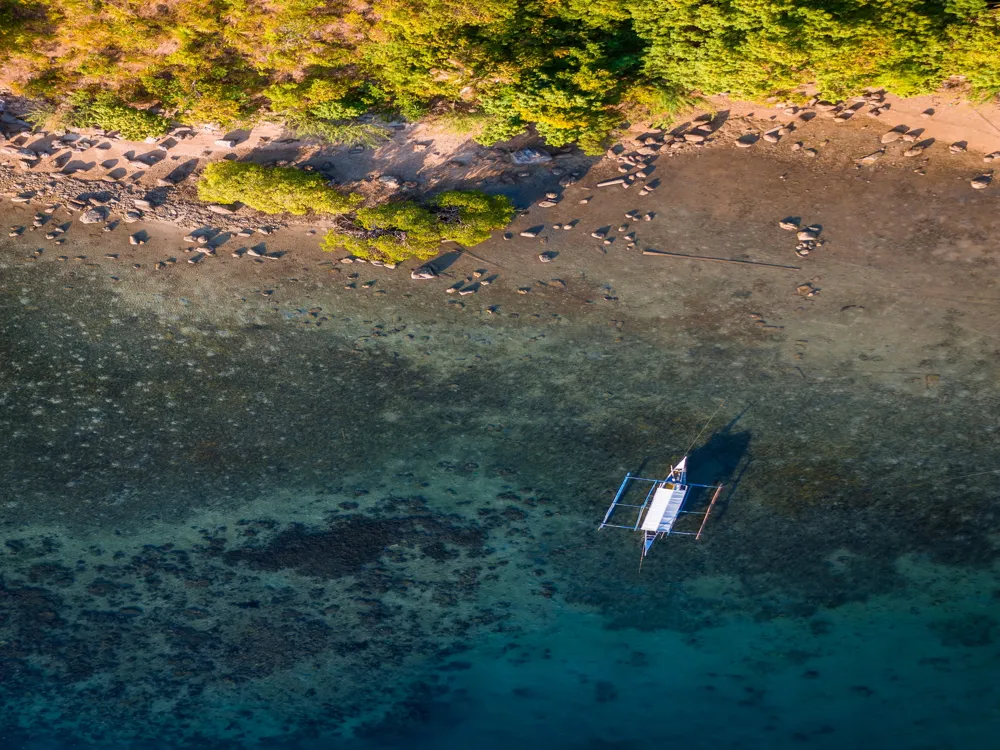Fort Santiago, a historical jewel in the heart of Manila, Philippines, stands as a testament to the rich and tumultuous history of the country. Founded in 1571 by Spanish conquistador Miguel López de Legazpi, this fortress forms part of the walled city known as Intramuros. It has witnessed significant events in Philippine history, from Spanish colonial rule through to the country's struggle for independence. Spanning across 0.67 square kilometers, Fort Santiago was primarily built to protect the newly formed city from foreign invasions. Over centuries, it has served various roles - from a military fortress, a prison, and a site of horrific wartime atrocities to a national park and a shrine dedicated to the national hero, José Rizal. Its location at the mouth of the Pasig River made it a strategic defense point against invaders. The fort's architecture reflects the era's military design, with thick, high walls and a main gate graced with the coat of arms of the Spanish monarchy. Inside the fort, visitors find lush gardens, plazas, and fountains, alongside structures like the Rizal Shrine, dungeons, and barracks. The site has been painstakingly restored after its destruction during World War II, ensuring that its historical significance and architectural integrity remain intact for future generations. Visitors to Fort Santiago are immediately struck by the imposing yet elegant structure. The fort's grounds have become a peaceful haven for tourists and locals alike, offering a stark contrast to the bustling city outside its walls. It's not just a historical landmark but a symbol of the resilience and spirit of the Filipino people. Fort Santiago’s architecture is a blend of Spanish colonial, military, and Filipino influences, making it a unique and significant historical structure in the Philippines. The fort's design reflects the strategic military thinking of the time, combined with the aesthetic sensibilities of the Spanish colonial period. The main entrance to the fort is through the iconic Postigo de Santa Lucia gate, adorned with intricate carvings and the royal seal of Spain. The gate itself is a masterpiece of colonial military architecture, featuring a wooden drawbridge that used to cross a moat, now replaced by a stone bridge. The fort's layout is based on the classic bastion system, with triangular bastions at the corners providing wide-angle defense coverage. These bastions are named after various saints, consistent with the Spanish tradition. The walls, made from adobe stone, are meters thick, built to withstand attacks and natural disasters. Inside the fort, visitors can explore various buildings that have been preserved and restored. These include the Rizal Shrine, dedicated to the national hero Dr. José Rizal, who was imprisoned here before his execution. The shrine houses memorabilia and exhibits related to his life and works. The dungeons, where prisoners were held during Spanish and Japanese occupations, offer a somber reminder of the fort's history. The Plaza de Armas, a central open space within the fort, is surrounded by verdant gardens, fountains, and walkways. This area was used for military parades and ceremonies. The architecture of the fort is not just about its physical structures but also about the open spaces that provide a respite amidst the fort’s history. Fort Santiago's architecture is a testament to the Philippines' colonial past, its struggles, and its enduring spirit. The fusion of design elements, from the defensive moat to the lush gardens and solemn dungeons, creates a complex narrative about the country’s history and the various forces that shaped it. Research the fort's opening hours and any scheduled events to make the most of your visit. Weekdays are less crowded than weekends, providing a more tranquil experience. The Philippine climate can be hot and humid. Wear light, breathable clothing and comfortable walking shoes, as you'll be exploring mostly on foot. Carry a bottle of water to stay hydrated, especially during the hotter months. There are also vendors selling refreshments inside the fort. Consider hiring a tour guide for a more insightful experience. Guides can provide historical context and share stories that you might not find in guidebooks. Remember that Fort Santiago is a historical site with significant cultural value. Be respectful, don't litter, and adhere to any rules or signs posted around the fort. The fort offers numerous picturesque spots. Capture the architecture and gardens, but avoid flash photography in museums and memorials out of respect. Fort Santiago often hosts cultural events and exhibitions. Check the schedule in advance to attend events like traditional dance performances or historical exhibits. Most areas of the fort are accessible to visitors with disabilities, but some areas may be challenging due to uneven surfaces. Reaching Fort Santiago is convenient, as it is located in the historic center of Manila. The nearest landmark is the Manila Cathedral. Public transportation options include jeepneys and taxis that can drop you off near the fort. For a more scenic route, consider taking a ferry to the Pasig River ferry station and enjoying a short walk to the fort. There is also ample parking available for those driving to the site. Read moreOverview of Fort Santiago, Manila
Architecture of Fort Santiago
Tips for Visiting Fort Santiago
Plan Your Visit
Wear Comfortable Clothing
Stay Hydrated
Hire a Tour Guide
Respect the Site
Photography Tips
Check for Cultural Events
Accessibility
How To Reach Fort Santiago
Manila Tourism
Best Time to Visit Manila
How to Reach Manila
Things To Do Manila
Fort Santiago
Manila
₹ 38,599 onwards
View manila Packages
Weather :
Tags : Forts & Palaces
Timings : Tuesday to Sunday: 8:00 AM - 12:00 PM and 1:00 PM - 6:00 PM, Mondays: 1:00 PM - 5:00 PM
Time Required : 1 - 2 hrs
Entry Fee : Adults - PHP 65, Kids - PHP 50
Planning a Trip? Ask Your Question
Manila Travel Packages
View All Packages For Manila
Top Hotel Collections for Manila

Private Pool

Luxury Hotels

5-Star Hotels

Pet Friendly
Top Hotels Near Manila
Other Top Ranking Places In Manila
View All Places To Visit In manila
View manila Packages
Weather :
Tags : Forts & Palaces
Timings : Tuesday to Sunday: 8:00 AM - 12:00 PM and 1:00 PM - 6:00 PM, Mondays: 1:00 PM - 5:00 PM
Time Required : 1 - 2 hrs
Entry Fee : Adults - PHP 65, Kids - PHP 50
Planning a Trip? Ask Your Question
Manila Travel Packages
View All Packages For Manila
Top Hotel Collections for Manila

Private Pool

Luxury Hotels

5-Star Hotels

Pet Friendly








